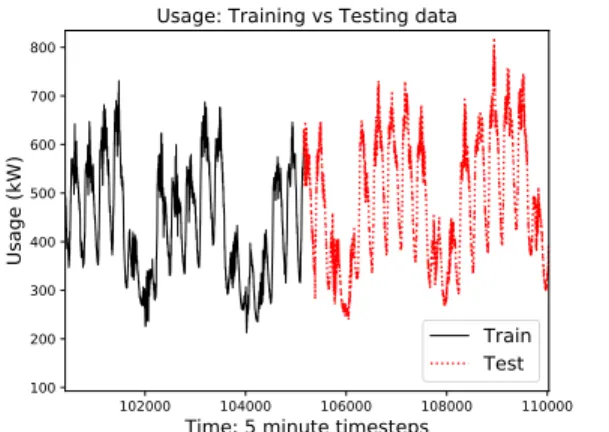Forecasting Building Energy Consumption with Deep Learning: A Sequence to Sequence Approach
Full text
Figure
![Figure 1. Sample passed through the RNN S2S network. Here, ~ c and ˙ y [0]](https://thumb-us.123doks.com/thumbv2/123dok_us/10013546.2493685/3.918.471.834.110.219/figure-sample-passed-rnn-s-s-network-c.webp)



Related documents
At the root of the problems in the real economy lies the instability in the financial markets. Stabilising the banking system is therefore the first step towards halting the
To our knoWledge, no previous literature review has focused specifically on the effectiveness of transition programs that target collaboration between primary school and
Elderly individuals with middle age– onset diabetes were more likely to be treated for hypertension and hypercholesterolemia than elderly onset diabetic subjects; however, mean
Where the alleged claim of malpractice related to the standard of care of defendant’s nurse practitioner, summary disposition for defendant was appropriate where
Designed curriculum to explore musicianship through the use of acoustic and electronic instruments, computers and a plethora of music and multimedia software
Other collaborative partnerships have emerged from the College staff building and maintaining relationships with federal and state agencies, local non-profit organizations,
Abstract: The aim of the present paper is to prove the existence of solutions of the initial value problem for a nonlinear integro-differential equation of frac- tional order α ∈ (0,
Keywords:Spark SQL, HiveQL, Spark MLlib, Hive, Hadoop, MapRe- duce, SQL, data analytics, SQL-based, scripting language, Pearson’s correlation, linear regression, naive

